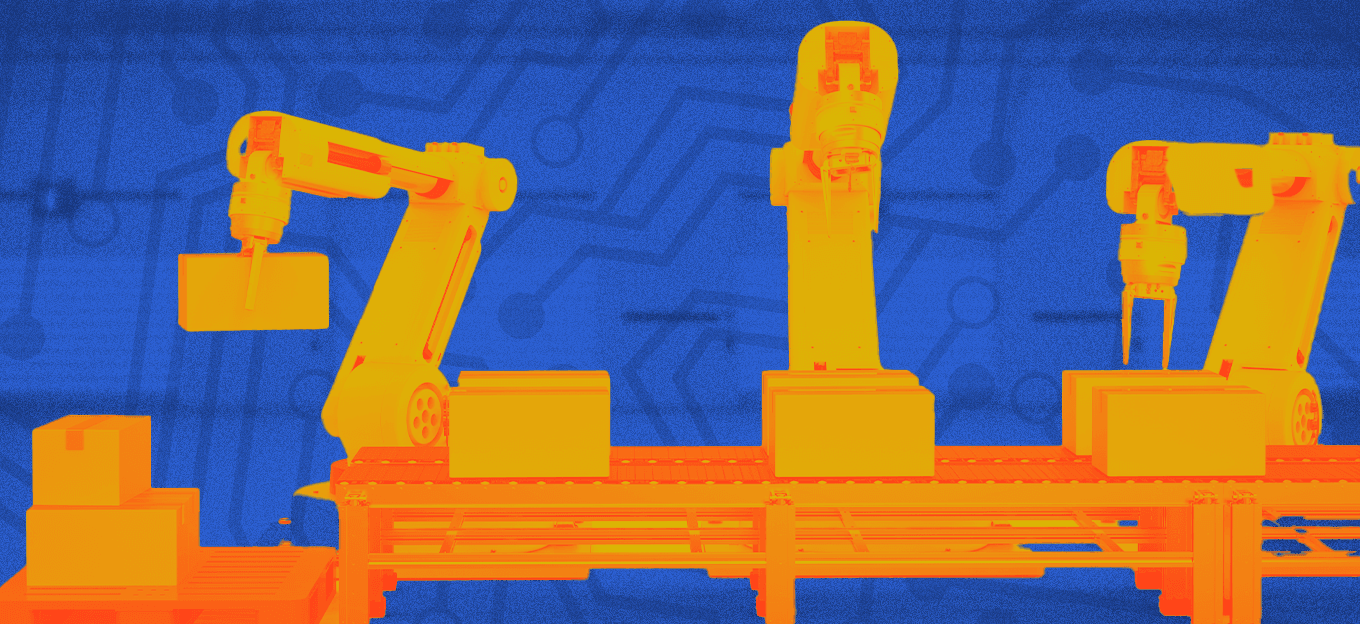The Importance of an Open Digital Ecosystem in IIoT
The Importance of an Open Digital Ecosystem in IIoT
- Last Updated: December 2, 2024
Michael Riemer
- Last Updated: December 2, 2024



You walk into the call center of a large transportation fleet. There are four teams separated by cubicle walls.
Each group has a different "dashboard" on a tv screen. Each group is using different applications. Applications from one of their major OEMs or service providers. Communication across groups and sharing of data is manual -- by phone, email and shared files.
These IIoT data access problems impact almost every industry.

Why?
Many have equated control of data to control of the customer and thus success.Systems and information became cloistered. Anyone viewed as a competitive threat had access restricted.
Change is hard for any organization. Information sharing seems to be one of the hardest."In a world of mounting pressure, there’s a natural human instinct to stick to what you know. Don’t go out of your comfort zone because things are really scary out there. And so there’s a tendency to just hold on and just squeeze harder on what you’re currently doing."
It's scary.
So companies (departments and individuals) want to proclaim ownership to all data. Some believe sharing information means it is free. So, each group tries to wrestle control over information. They proclaim to be the system of record. Applications remain siloed.
Phone calls, emails, and manual data entry continue to be the de facto standard.

Closed Ecosystems Limit IIoT Value
What's a Digital Ecosystem?
There is not a single digital ecosystem. Each is unique to each company and unique to each target market.A digital ecosystem is an interdependent group of actors, including enterprises, competitors, customers, regulators, individuals, Internet of Things devices, and other stakeholders that share standardized digital platforms to achieve mutual benefit.
- Shippers, 3PLs, and suppliers are a few members of the digital supply chain ecosystem.
- Manufacturers, service providers, fleets, and tow providers participate in the service supply ecosystem.
5 Pillars for Success
The following 5 key areas can help define your digital ecosystem approach.- Start with the customer. What are they trying to achieve? What information is required? The same also applies to business partners. This helps define APIs as well as information security requirements.
- Look at different business models. Look at different business models - Short term revenue gains may not deliver increased customer lifetime value. Think through your options. Each member of the ecosystem requires a value proposition.
- Be transparent about your business practices. Don't call yourself open when you are not. Focus on being easy to do business with.
- Protect what's important. You may have insights and data that others don't, so use it to your advantage. Don't be greedy.
- Establish clear rules of engagement. Be clear what data you are willing to share, and why. Include your desired quid pro quo.

Yes - It Really Works!!
When information flows within digital ecosystems, each business entity wins:- Lower costs
- Improved efficiencies and productivity
- Increased uptime
- Reduced problem identification and resolution
- Improved financial results (top and bottom line)

There's No Correct Answer - Except Not Being Open
The new digital world is complex. It challenges many long held beliefs about competitors, data sharing, and value propositions. Your new digital relationships will be different than prior relationships.Don't fret. Be open and transparent. Engage your customers and partners, and everybody wins.
Digital platforms have tremendous potential to bridge industries, meld ecosystems and empower businesses to better serve customers and achieve higher levels of performance.
The Most Comprehensive IoT Newsletter for Enterprises
Showcasing the highest-quality content, resources, news, and insights from the world of the Internet of Things. Subscribe to remain informed and up-to-date.
New Podcast Episode

How Drones and Telecom Enable Aerial IoT
Related Articles






